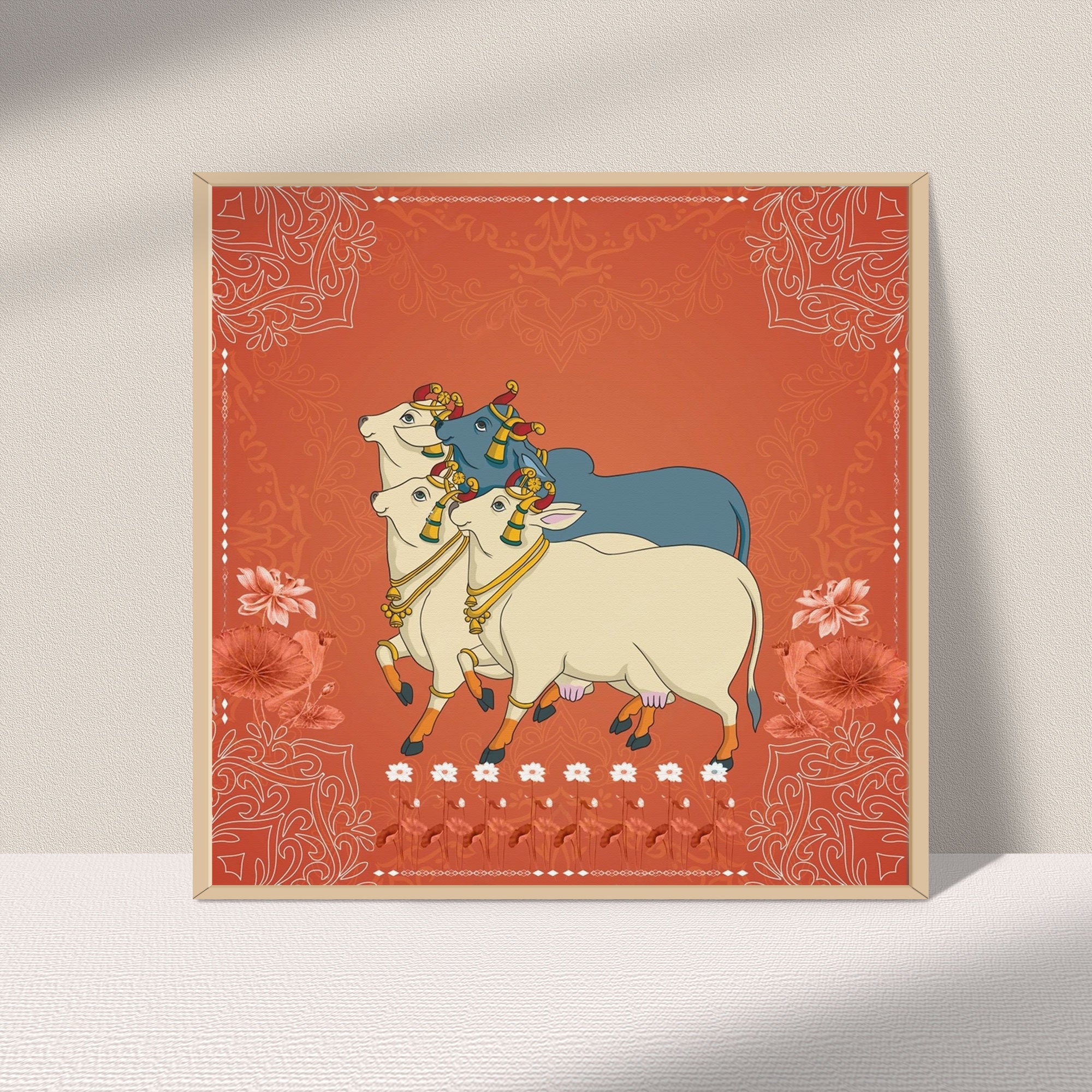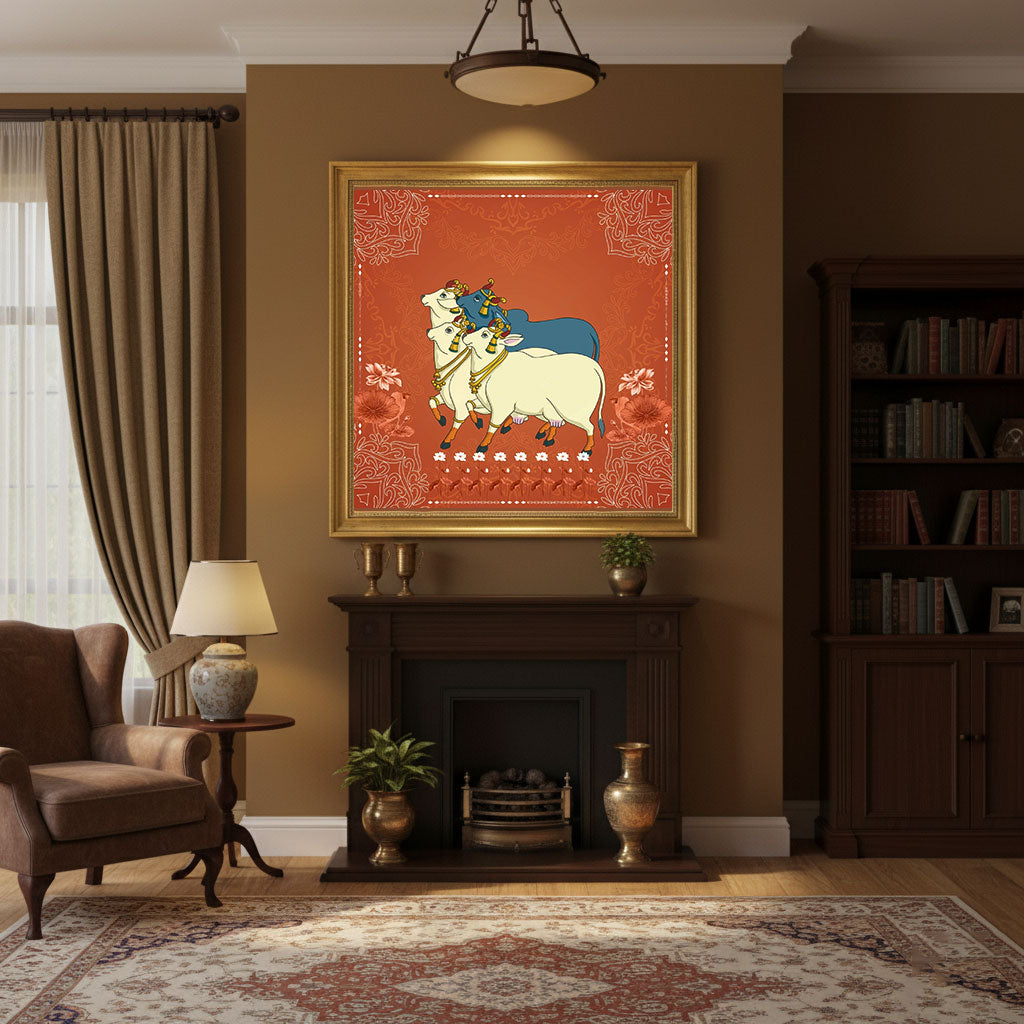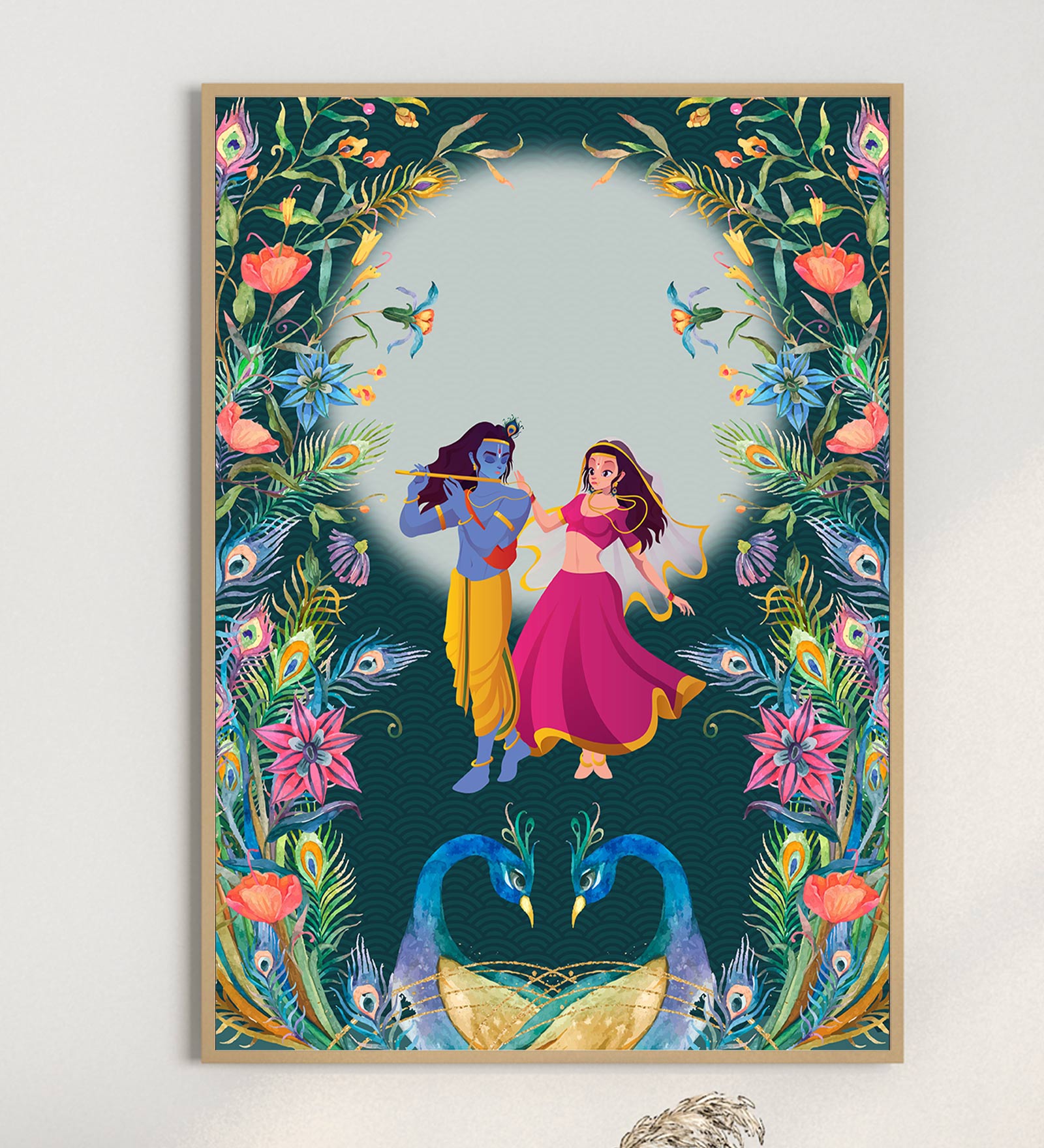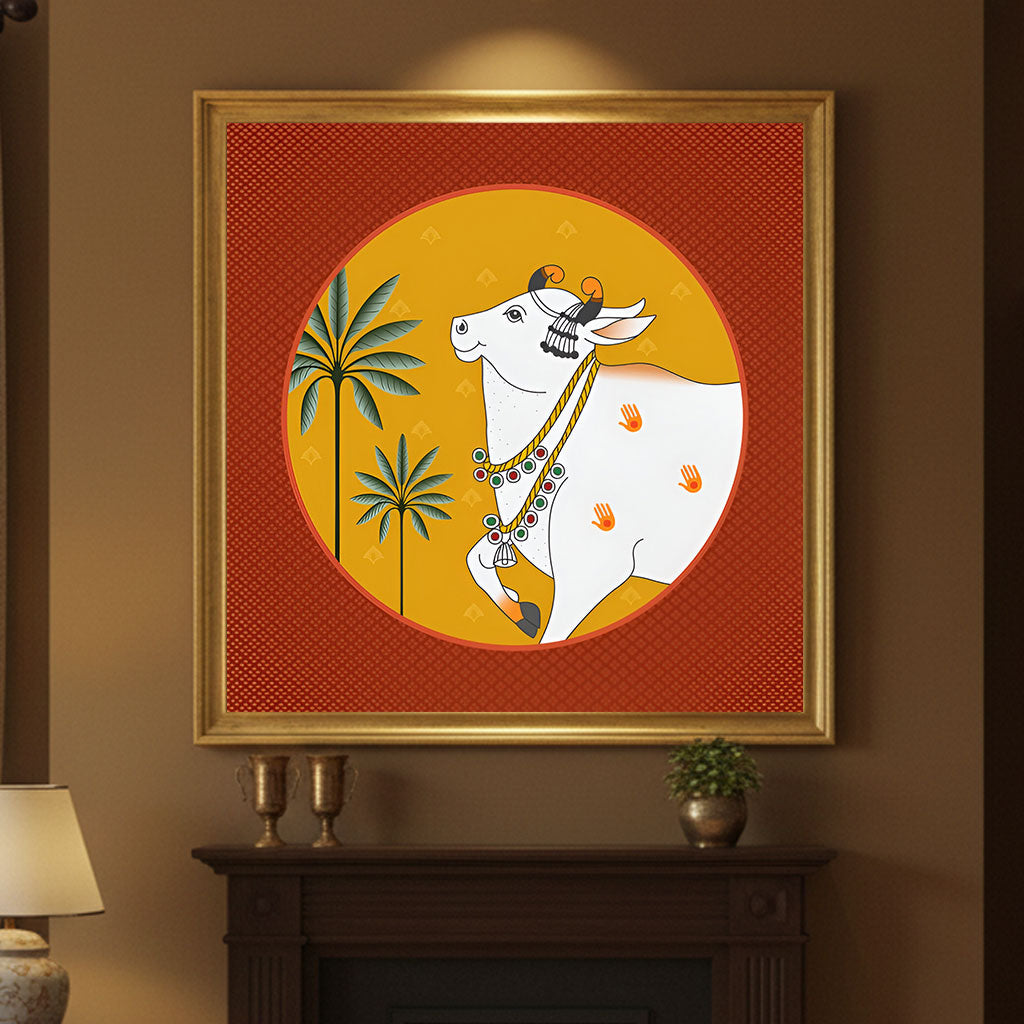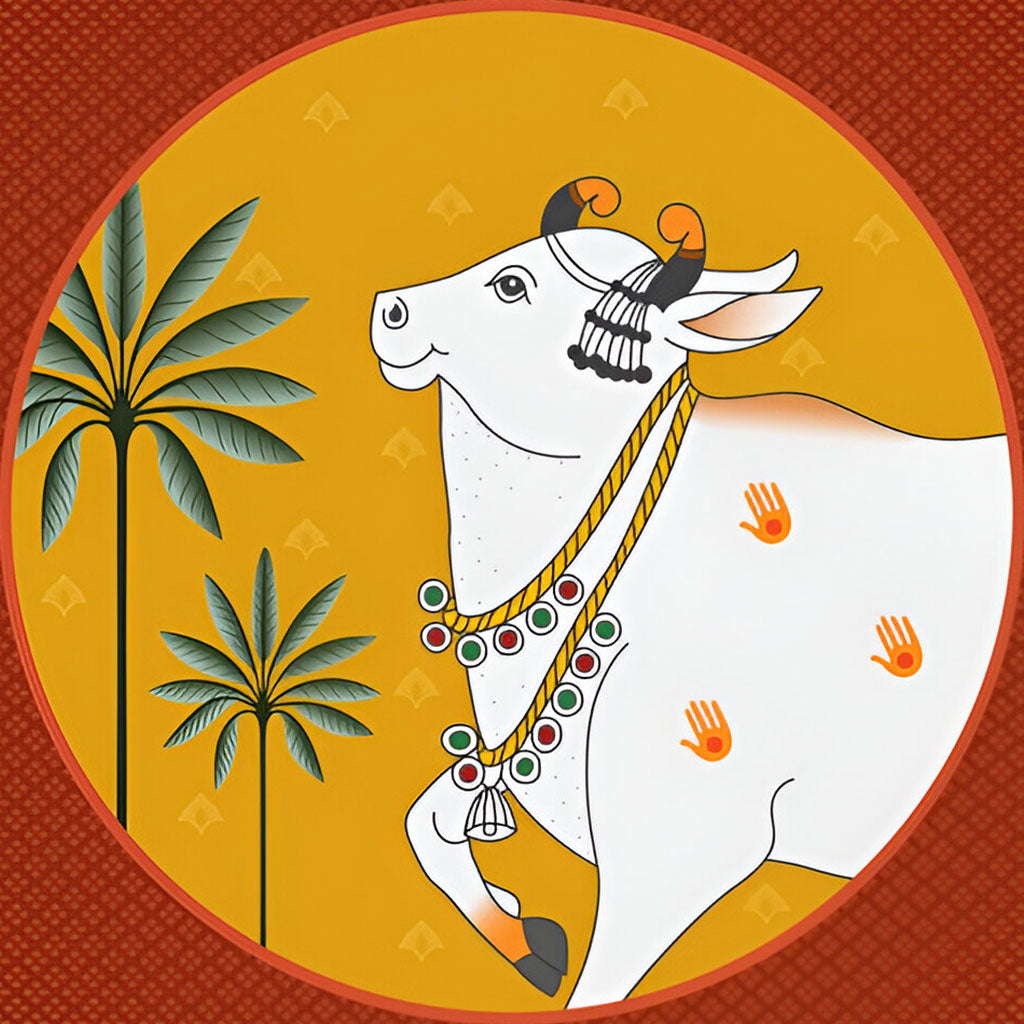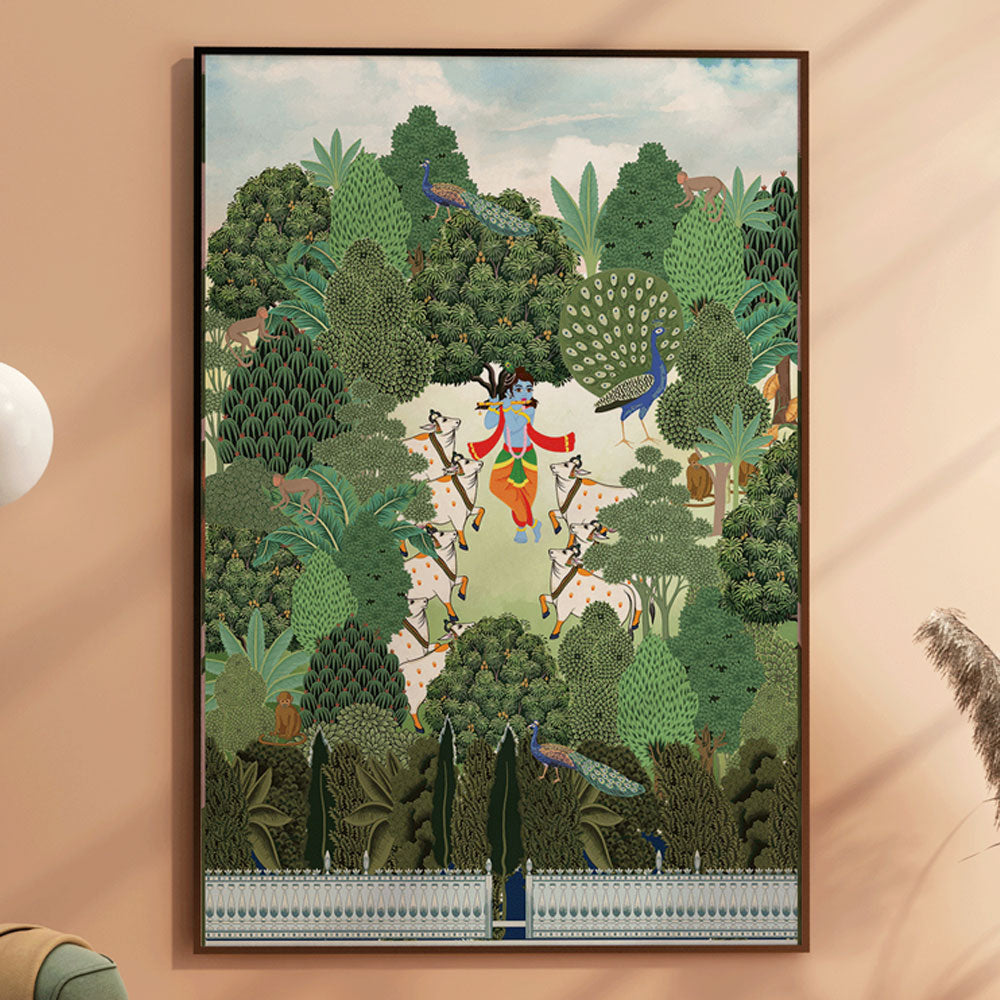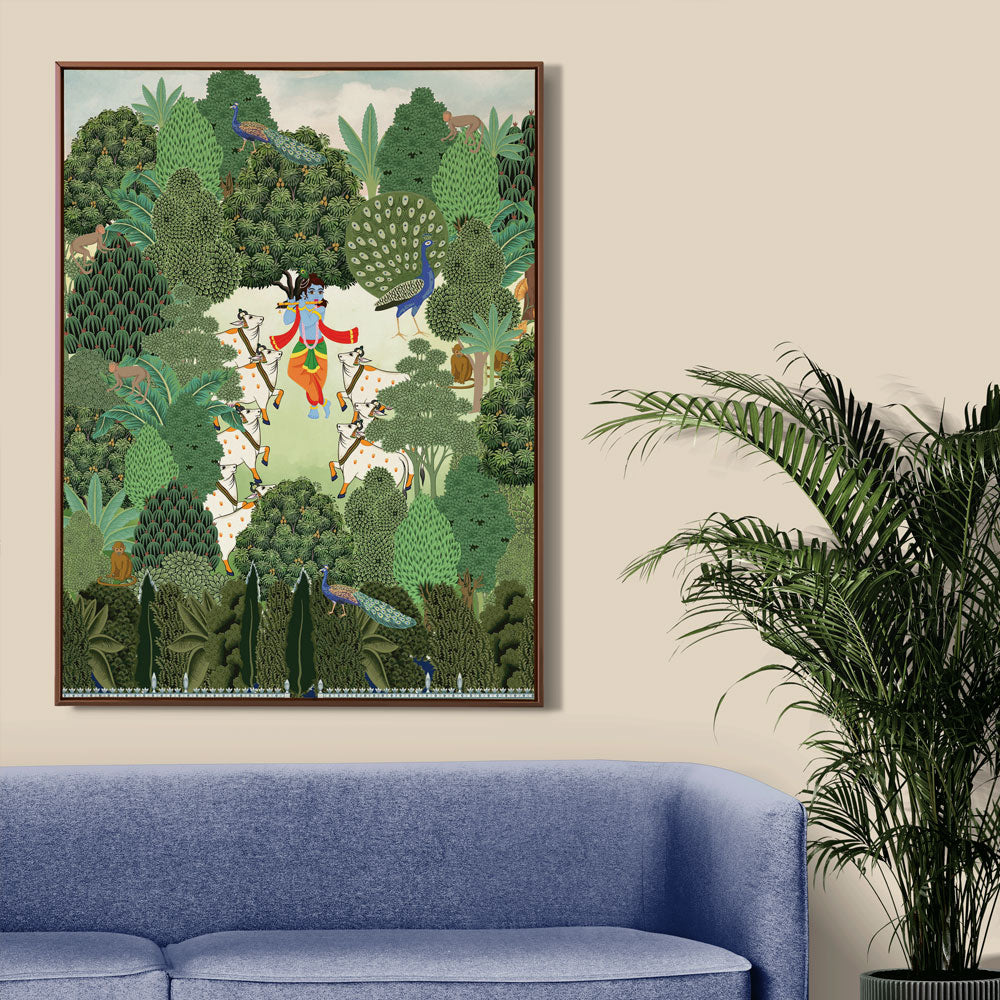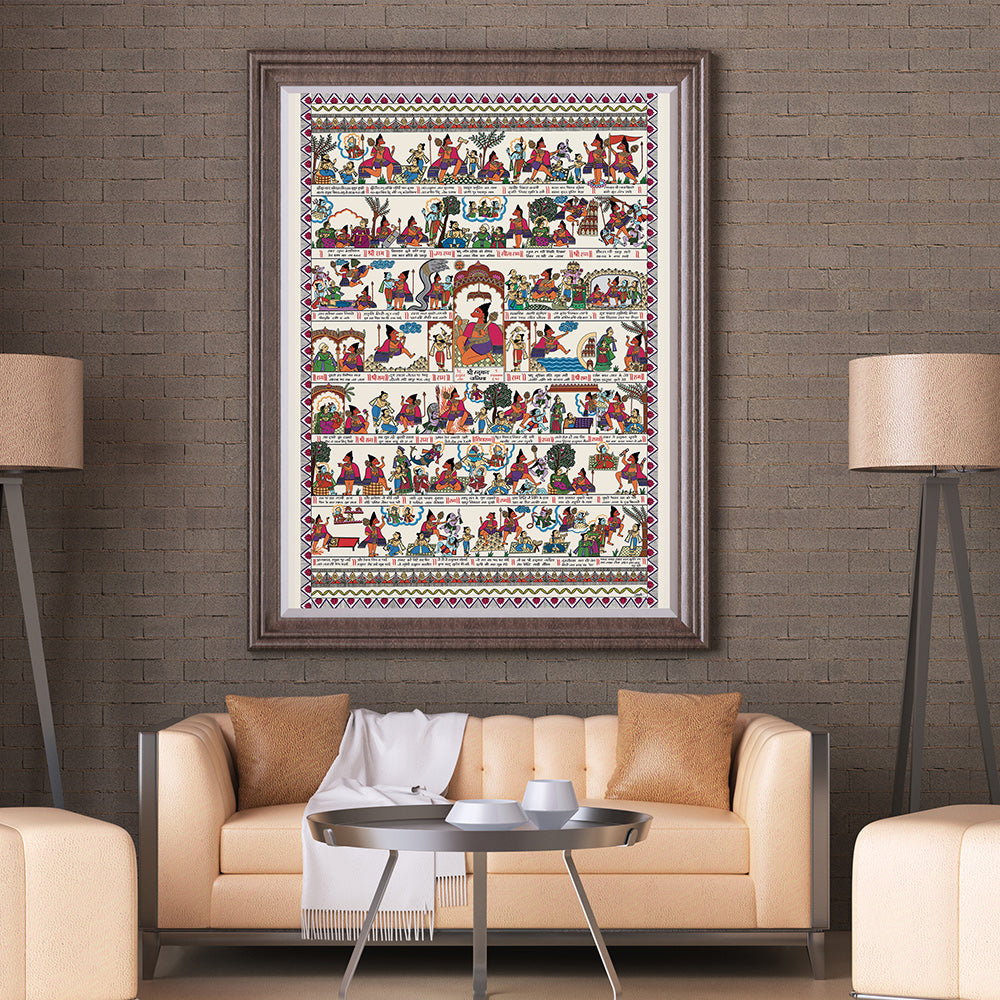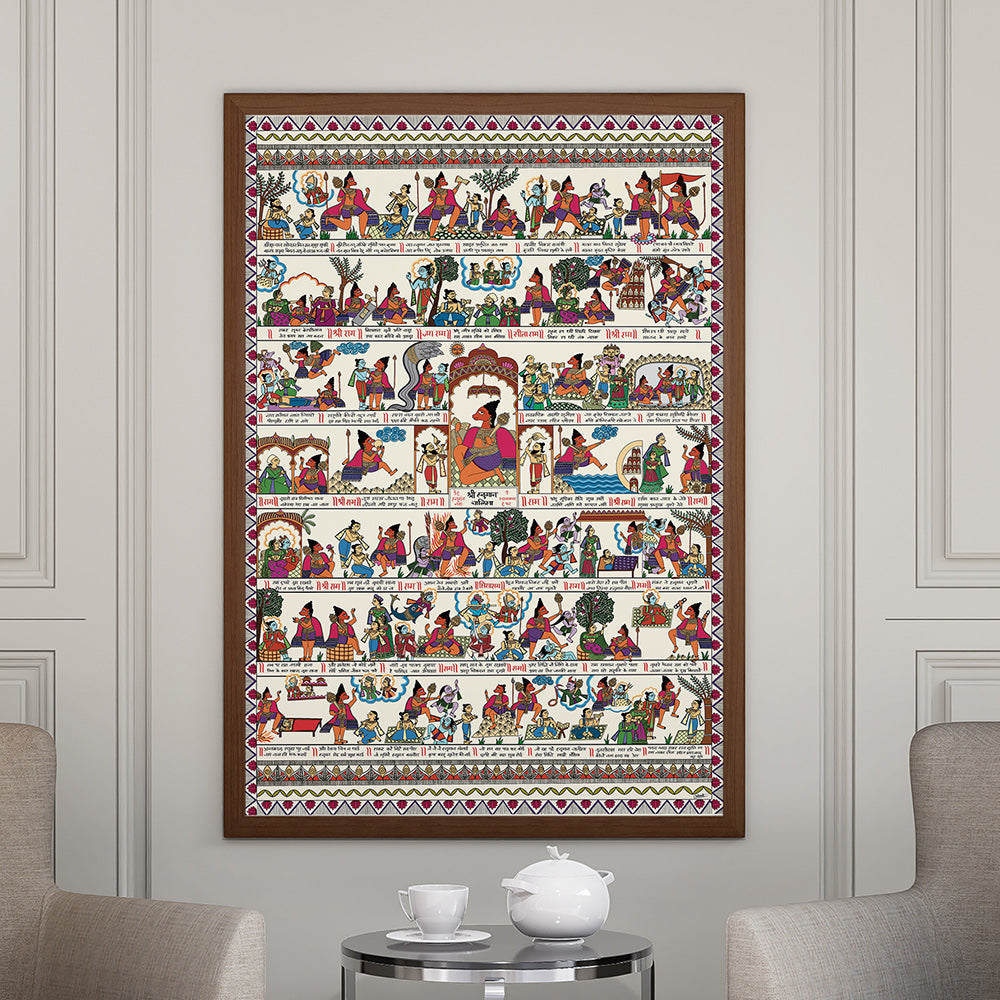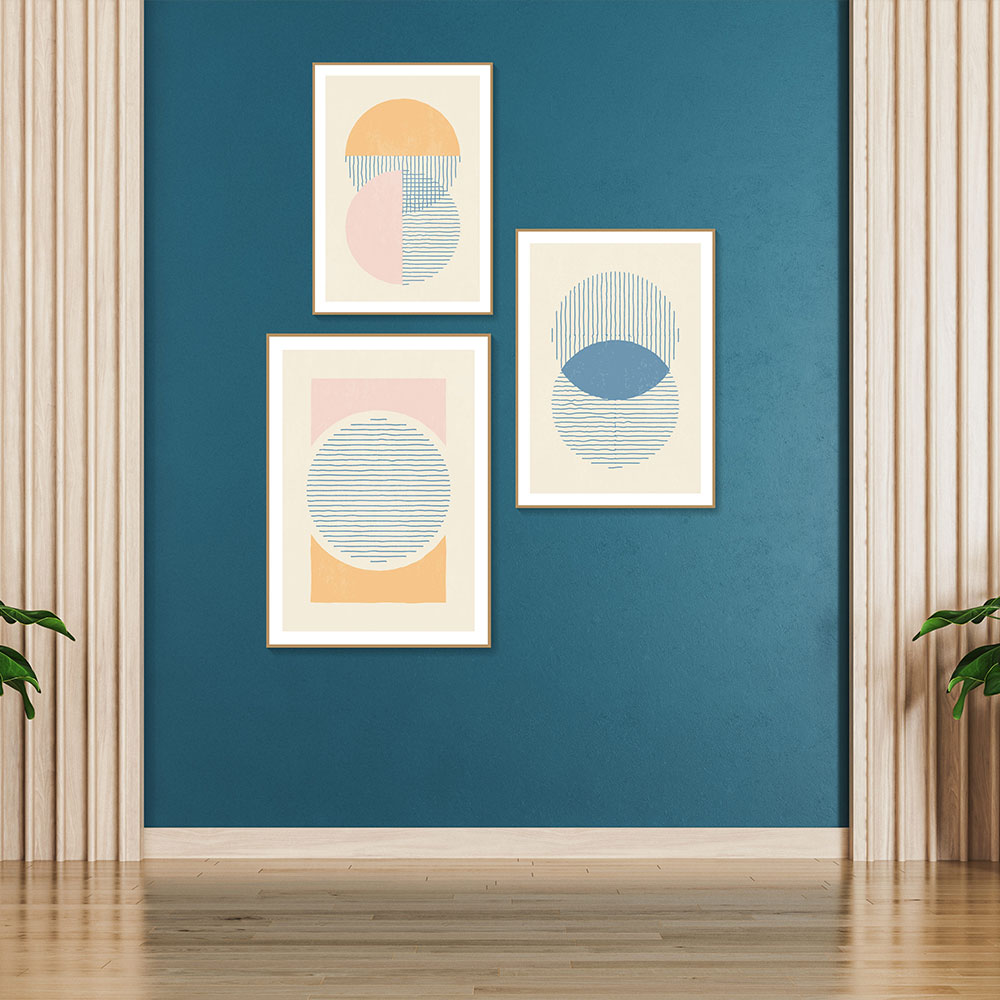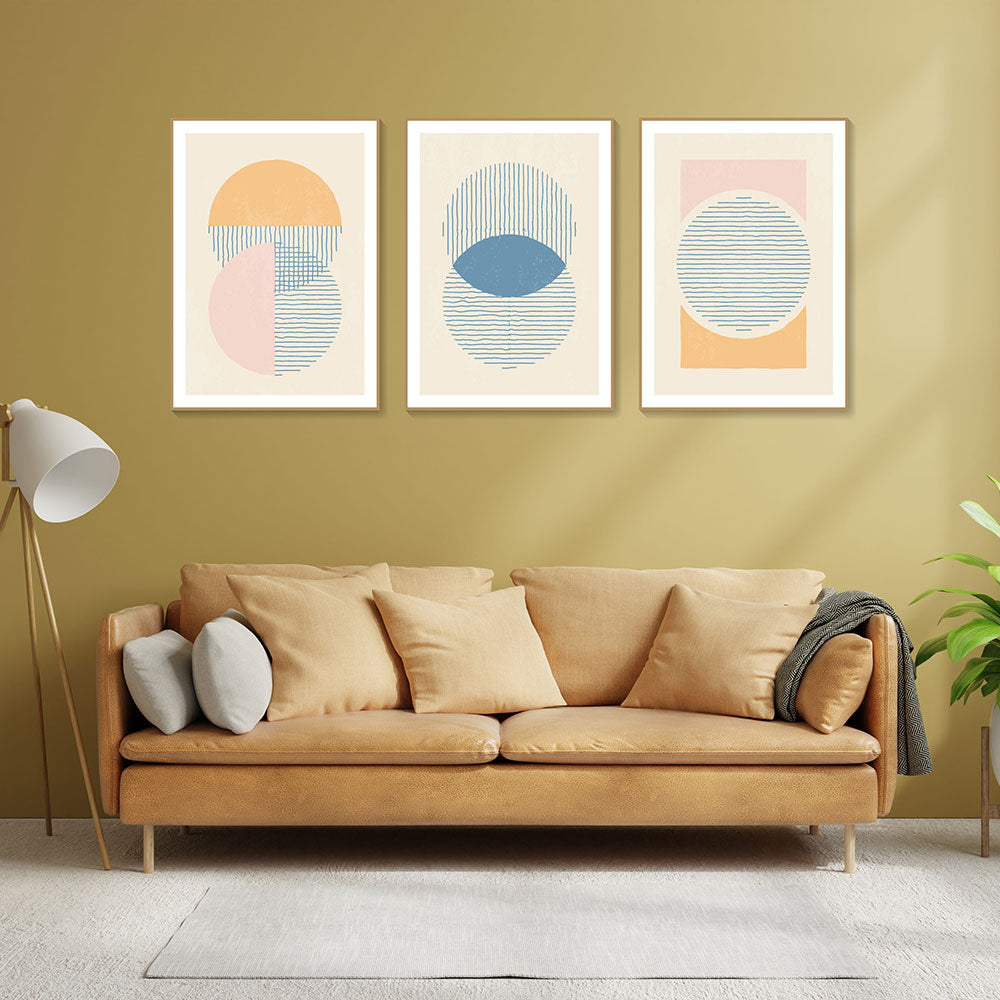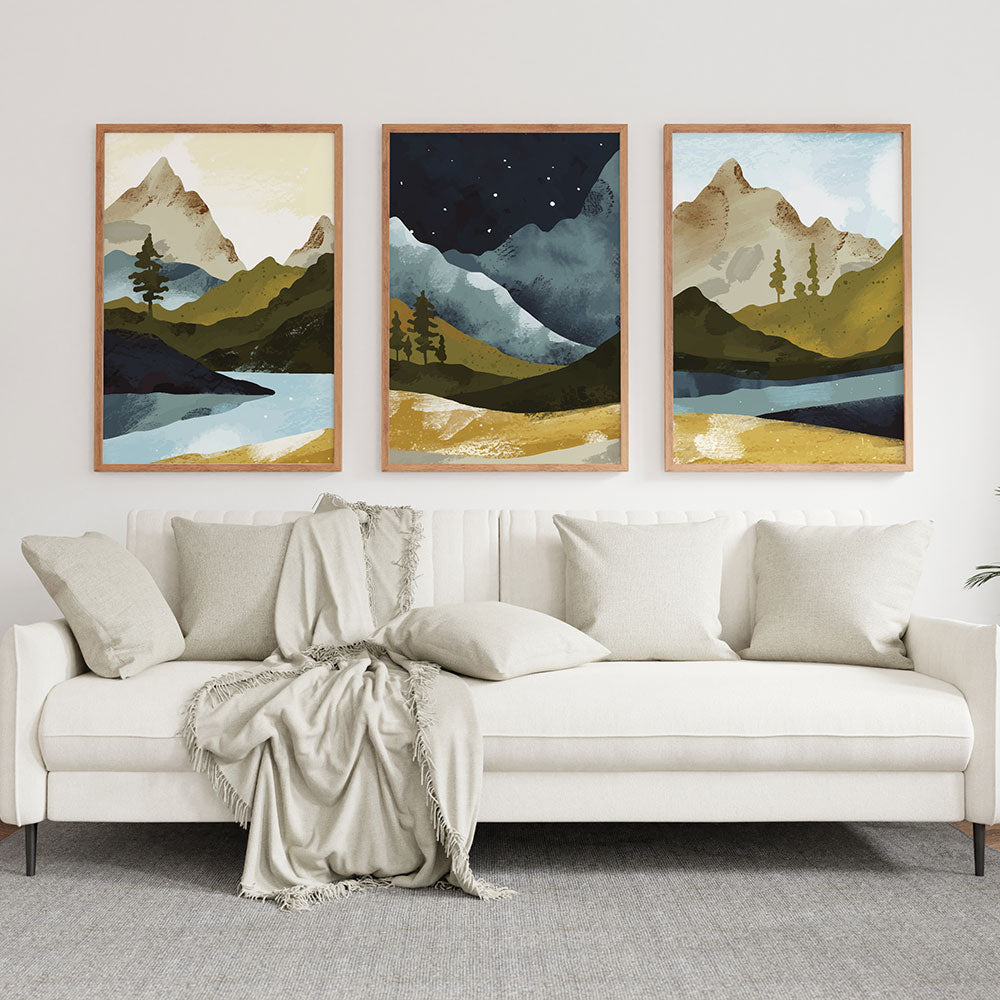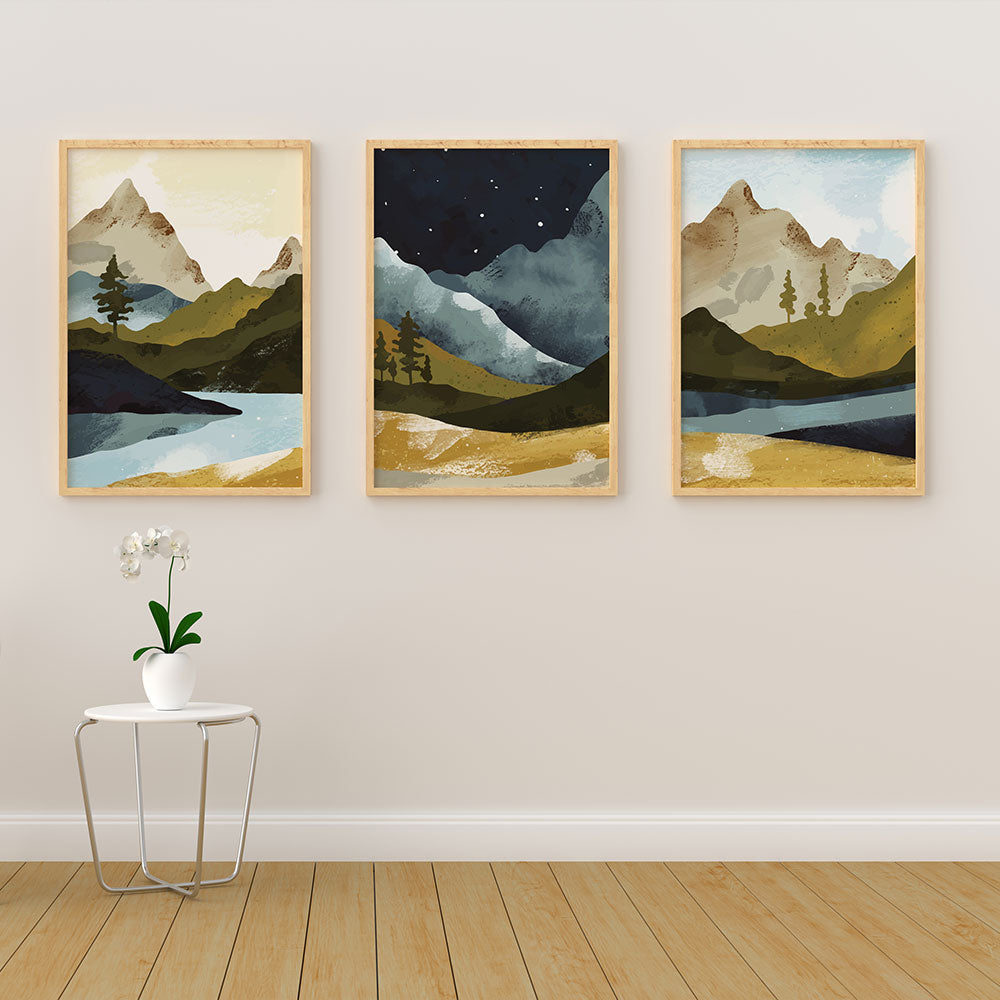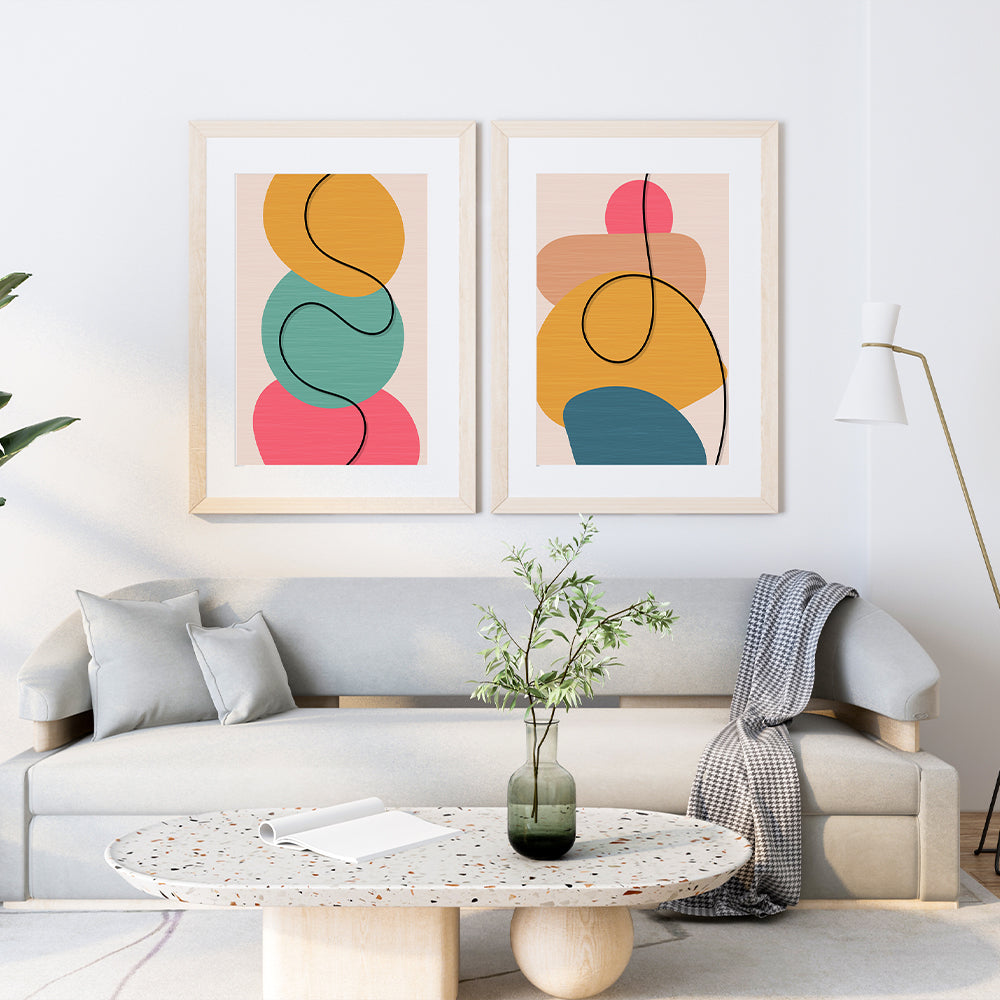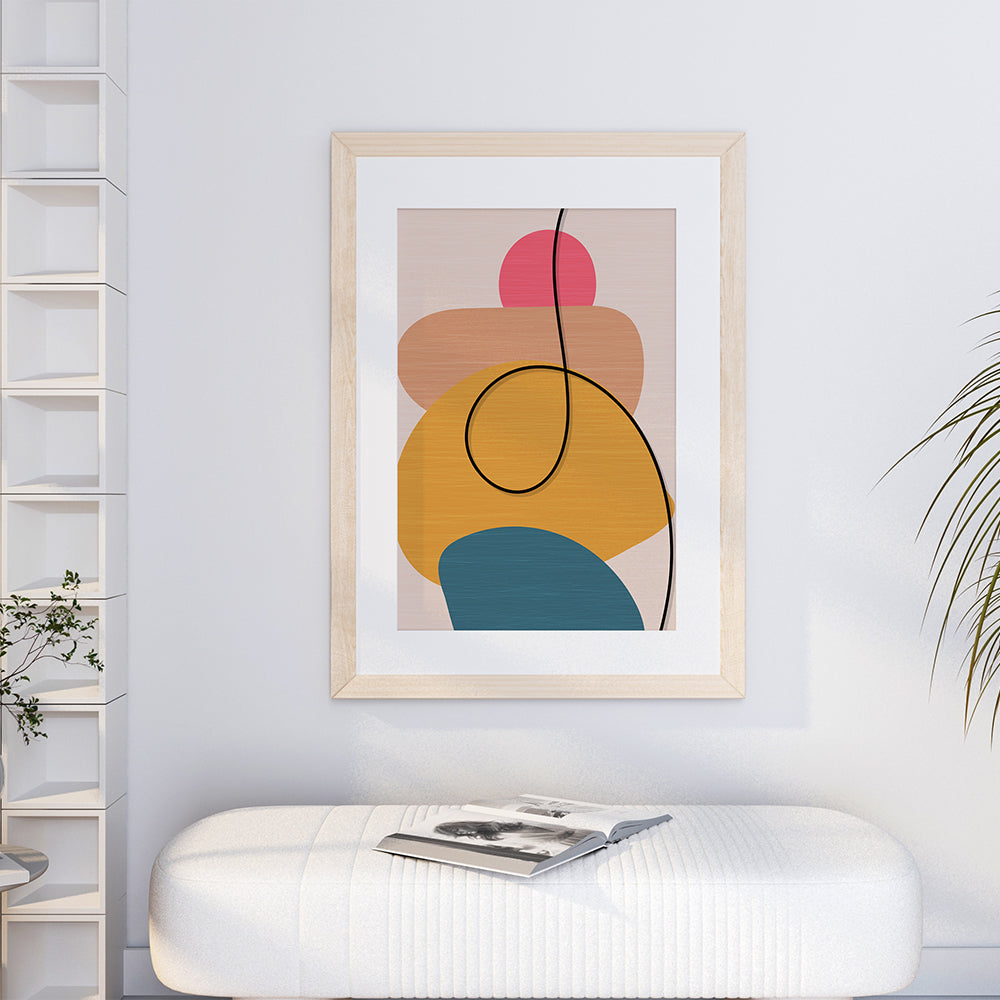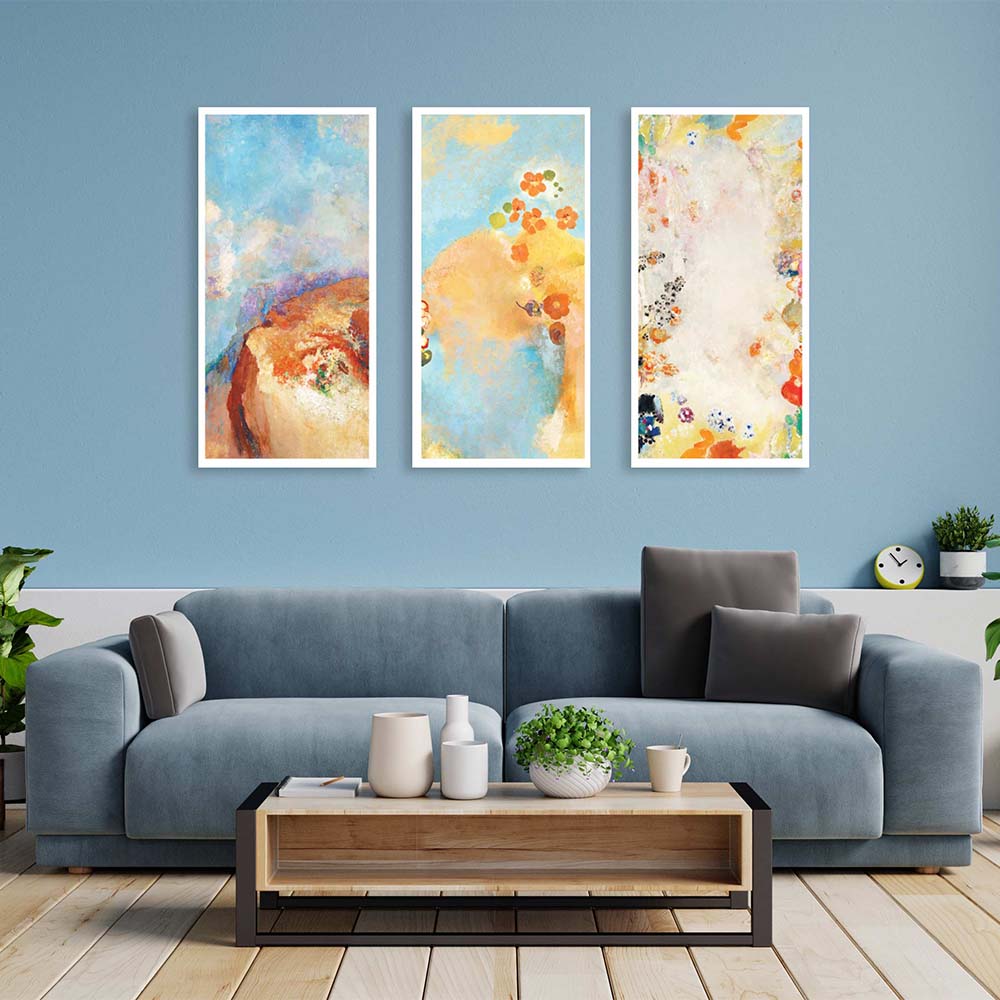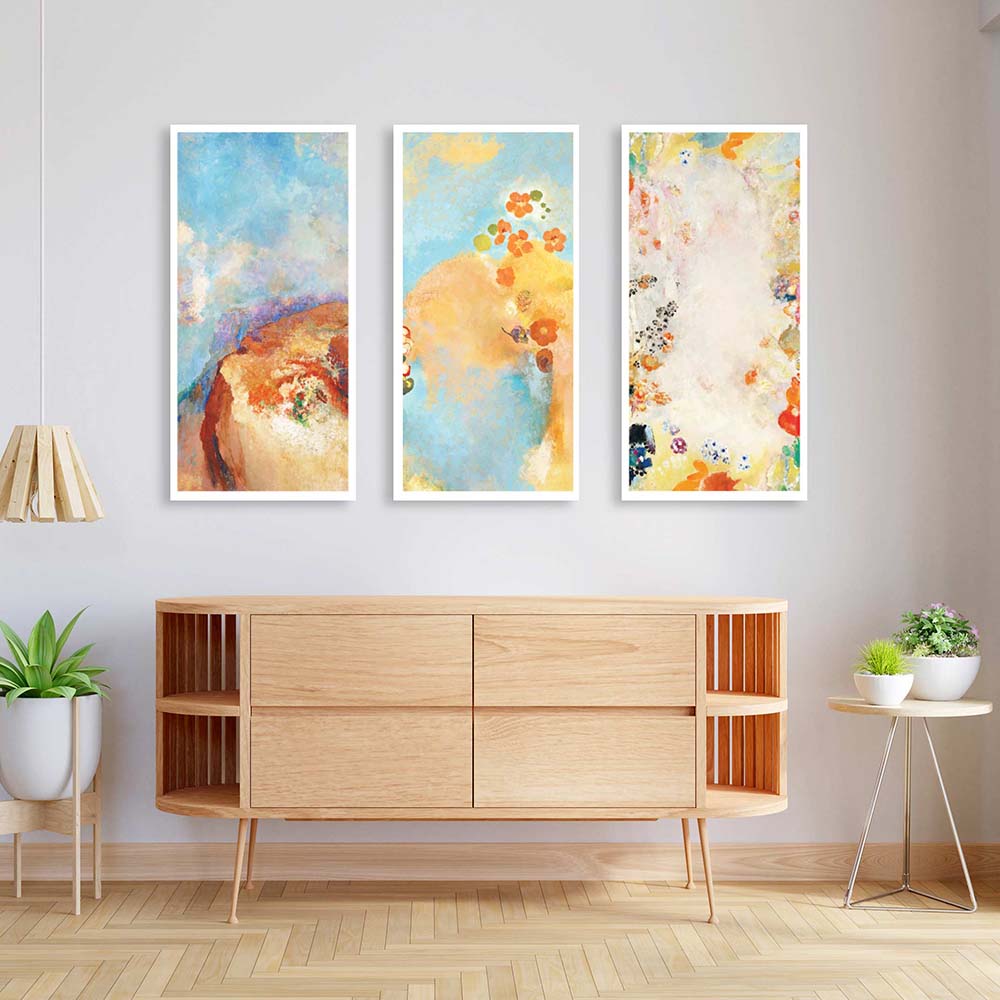Kalamkari Unveiled: Hand-Painted Narratives and Their Global Appeal
Across the intricate landscape of Indian art, few traditions evoke such deep wonder, storytelling, and craftsmanship as Kalamkari. Rooted in centuries-old customs but only gaining truly international recognition in recent decades, Kalamkari textiles and paintings remain a testament to artistic patience, imagination, and narrative skill. This article unravels the rich world of Kalamkari: its origins, the painstaking hand-painting process, the ancient narratives woven into each piece, and why this art is captivating global hearts today. We’ll also explore the contemporary resurgence of Kalamkari through brands like Krutik, which bring new purpose and global accessibility to these storied creations.
The Essence of Kalamkari: Art, Story, and Spirit
What is Kalamkari?
The word “Kalamkari” merges “kalam” (Persian for pen/brush) and “kari” (craftsmanship), literally meaning “pen-craft.” While often associated with textiles, Kalamkari refers to a meticulous, entirely hand-done painting technique, traditionally applied to cotton or silk fabric. Each piece—be it a wall hanging, saree, or canvas—is painstakingly crafted using only natural dyes, with figures, flora, borders, and epics rendered by hand in painstaking detail.
A Brief Journey Through History
· Origins: Kalamkari can be traced over 2,000 years back, with roots in the ancient temple town of Srikalahasti (Andhra Pradesh) and the coastal region of Machilipatnam. What began as temple cloth narrative art—depicting stories of gods and goddesses to an illiterate populace—soon evolved into a revered textile tradition.
· Dynastic Patronage: Kings of the Vijayanagara empire (14th–17th centuries) and later Mughal emperors nurtured the tradition, commissioning elaborate panels for grand temples and royal palaces.
· Cultural Exchange: Kalamkari’s motifs absorbed Persian, Hindu, and later European influences as they traveled between ports and regions, resulting in an art form that is as cosmopolitan as it is traditional.
The Process: A Journey of Hand, Heart, and Nature
What sets Kalamkari apart is not just its stunning visuals but the staggering effort behind each masterpiece. Every step is carried out by hand, often taking weeks to complete.
1. Natural Preparation
· Fabric Selection: Pure cotton or silk is chosen and treated in a blend of cow dung, bleaching agents, and water to remove impurities and enhance dye absorption.
· Drawing the Outline: Artists use a bamboo or date-palm stick, shaped into a calligraphic pen, dipped in a solution of fermented jaggery and iron filings to create a deep black outline—forming the “bones” of the narrative.
2. Hand-Painted Color & Detail
· Natural Dyes: Earthy reds from madder roots, yellows from pomegranate rinds, blues from indigo, and so on—each pigment painstakingly extracted from nature.
· Sequential Painting: Artisans fill in colors one by one, letting each layer dry and washing the piece repeatedly to fix the dye and achieve rich hues.
· Fine Brushwork: From the delicate expressions of a deity to the swirl of a peacock feather, brushes made from squirrel hair deliver stunning details.
3. Washing, Sun-Drying, and Finishing
The fabric or canvas is washed up to 20 times, sun-dried, and checked for colorfastness. Only then is it considered complete—a tactile testament to nature and skill.

The Language of Motifs: Stories Painted by Hand
Narrative Depth
Unlike much contemporary art, Kalamkari preserves the power of human storytelling:
· Epics and Myths: Ramayana, Mahabharata, episodes of Krishna’s childhood, legends of Shiva and Parvati, and even local folk tales are common themes.
· Persian Influence: Floral vines, geometric borders, and animal motifs reflect Mughal trade and Persian artistry.
· Nature and Cosmos: Trees of life, birds, and flowing rivers are rendered with symbolic reverence—linking the fabric to earthly and spiritual realms.
Character and Scene
Artisans do not merely paint; they narrate. Each panel reads like a living scroll, where gods, demons, and mortals interact, their gestures and attire depicted with loving authenticity. From large wall hangings used in temple rituals to small, modern canvases, Kalamkari brings stories to life in ways no printed art can replicate.
Kalamkari’s Global Appeal: From Sacred India to the Contemporary World
Why is Kalamkari Captivating Audiences Worldwide?
· Timeless Aesthetics: The bold lines, natural colors, and repeating patterns suit modern, bohemian, and classic décor equally—making Kalamkari versatile for homes, offices, and public spaces around the world.
· Sustainable Artistry: With a focus on natural dyes, organic processes, and ethical handwork, Kalamkari aligns with the global shift towards eco-friendly luxury and slow fashion.
· Cultural Heritage: Each piece tells a story beyond its surface; owning Kalamkari connects people to a lineage of meaning, roots, and enduring craftsmanship.
· Wearable Narratives: Kalamkari is as at home in the gallery as on sarees, scarves, bags, and wall art—making it a living, breathing artform.
International Recognition
Award-winning designers, museums, and collectors from New York to Tokyo now seek Kalamkari for its blend of history, artistry, and sustainable values. It regularly features in major exhibitions on textile arts, while high-end brands and contemporary artists collaborate with Kalamkari artisans to reinterpret this age-old technique through new eyes.
Krutik and the Modern Kalamkari Movement
Reviving and Reimagining Tradition
Contemporary creators like Krutik are at the forefront of making Kalamkari globally accessible and culturally relevant:
· Original Hand-Painted & Digitally Enhanced Kalamkari: Krutik offers both traditional-style, hand-painted canvases and digital reinterpretations that preserve the spirit, color, and detail of classic Kalamkari while making them more widely available to collectors worldwide.
· Sustainable Practices: Each canvas is crafted for durability and environmental conscience—using eco-friendly materials and supporting Indian artisans.
· Custom Narratives: Krutik can help you commission a personal Kalamkari canvas—be it a family epic, a custom “tree of life,” or your favorite spiritual motif, rendered in this living tradition.
· Global Shipping and Presentation: All art pieces are shipped rolled and unframed, ensuring easy mounting and long-term preservation, whether for your home, office, or personal meditation space.

Why Choose Krutik for Your Kalamkari Art?
· Authenticity: Each work is either fully hand-painted by skilled artisans or meticulously digitized to retain every nuance of brush and color.
· Celebration of Narrative: With a focus on storytelling, Krutik’s portfolio covers everything from mythological tableaux to nature scenes and contemporary commissions.
· Versatility: Canvases range from miniature panels for intimate alcoves to monumental wall hangings—each piece is a conversation starter.
· Direct Connection: By choosing Krutik, you’re supporting the preservation of Indian heritage and the livelihoods of traditional artists, all while elevating your living space with unique, soulful art.
How to Style Kalamkari in Modern Interiors
Kalamkari’s expressive versatility makes it the perfect fit for contemporary, classic, or even eclectic interiors:
· Living Rooms: Use a large Kalamkari wall hanging as a centerpiece—its rich colors and mythical stories become an instant focal point.
· Bedrooms: Opt for subtler panels with natural motifs—trees, flowers, river scenes—to create a calming, grounding atmosphere.
· Offices and Studios: Choose narrative Kalamkari that depicts wisdom, learning, or virtue to inspire your workday or creative practice.
· Meditation Corners & Altars: Kalamkari panels featuring deities, sacred trees, or spiritual symbols set a mindful, tranquil tone for daily reflection.
· Wearable Art: Drape yourself in a Kalamkari silk scarf or shawl for a personal journey through art and heritage, wherever you go.
Care and Display Tips
· Framing: Choose minimalist frames to let the intricate artwork shine.
· Lighting: Use soft, indirect lights to prevent fading and enhance color depth.
· Rotation: Rotate artworks seasonally to keep your display fresh and your textiles resting.
The Future of Kalamkari: Timeless, Relevant, and Ever-Evolving
In a rapidly changing world, Kalamkari endures—not as a relic, but as a living bridge between past and present. It unites slow, mindful creation with urgent global desires for sustainability, authenticity, and connection. With brands like Krutik continuing the tradition (and innovation), Kalamkari is set to reach new audiences, spark new stories, and remain an enduring symbol of hand-crafted excellence.
Final Thoughts: Own a Piece of Storytelling History
To unveil Kalamkari is to unroll centuries of legend, skill, and beauty—each line powered by the vision and hand of an artist keeping tradition alive. Whether sought for spiritual spaces, vibrant homes, or as a gift with meaning, Kalamkari is more than decoration; it’s living narrative, timeless culture, and enduring soul.
Explore the world of Kalamkari originals and contemporary canvas art at Krutik, and let your walls speak in the ancient language of hand-painted storytelling. Bring home a tradition that spans epochs—and let its beauty and meaning be unveiled, anew, every single day.








































